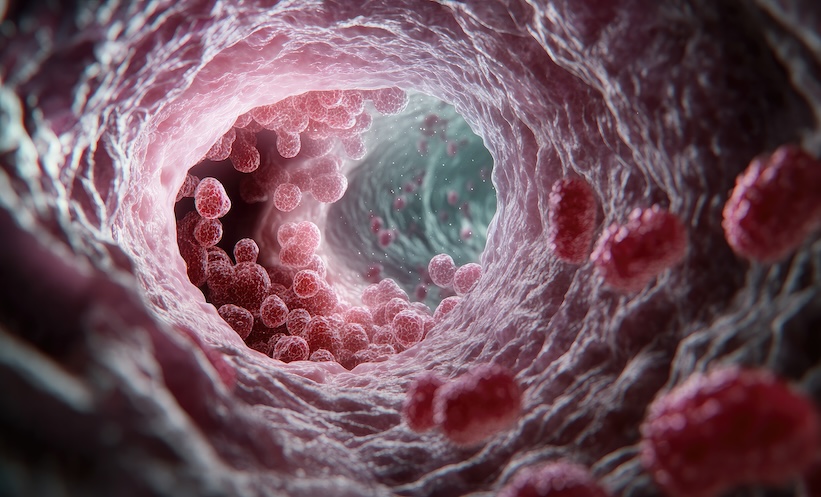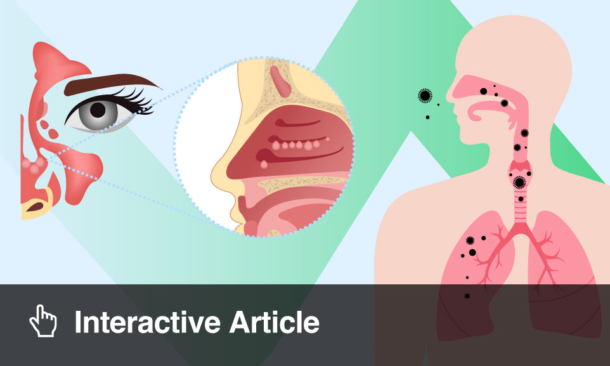EOSINOPHILIC oesophagitis (EoE) is a chronic, immune-mediated condition marked by oesophageal inflammation and symptoms such as difficulty swallowing, chest pain, and heartburn. Surprisingly, recent research has shown a disconnect between visible inflammation and symptom severity. A clinical trial using benralizumab significantly reduced eosinophil counts but failed to ease symptoms, highlighting a gap in our understanding of the disease’s underlying mechanisms.
A new study from Osaka Metropolitan University Hospital, Japan, offers fresh insights. Researchers examined 20 patients with EoE and 20 with asymptomatic oesophageal eosinophilia (aEE), a condition that shares many histological features with EoE but lacks symptoms. Molecular profiling revealed that both groups shared remarkably similar gene expression patterns associated with EoE, challenging assumptions that symptoms correlate with inflammation alone.
However, the researchers identified 11 neuropathic genes differentially expressed between the groups. Among these, brain-derived neurotrophic factor (BDNF) and its receptor NTRK2 stood out. These genes, known for their role in pain signalling, were upregulated in symptomatic EoE patients. Immunofluorescence confirmed their presence near nerve fibres, suggesting a link to pain perception.
To test this further, the team used human stem cell–derived sensory neurons and found that interleukin-13 (IL-13), a key inflammatory cytokine in EoE, enhanced neuronal excitability and upregulated BDNF and NTRK2. Notably, this effect was suppressed by dupilumab, a drug that blocks IL-13 signalling.
While the study’s small sample size and methodological limitations warrant cautious interpretation, it highlights a potentially critical role for the BDNF-NTRK2 pathway in symptom development. It also underscores the importance of looking beyond eosinophil counts to understand and manage EoE effectively.
These findings open new avenues for targeted therapies, suggesting that alleviating nerve-related inflammation may be key to reducing patient suffering in EoE.
Reference
Osonoi K et al. Involvement of IL-13-induced dysregulation of BDNF-NTRK2 pathway in symptoms of eosinophilic esophagitis. Allergy. 2025;DOI: 10.1111/all.16592.
[KW1] IL-10, IL-6, VEGF, and IL-8 as Independent Prognosticators/Predictors in COVID-19 COVID-19 is a novel β-coronavirus caused by infection with SARS-CoV-2. It is the third zoonotic disease caused by coronavirus to affect…






